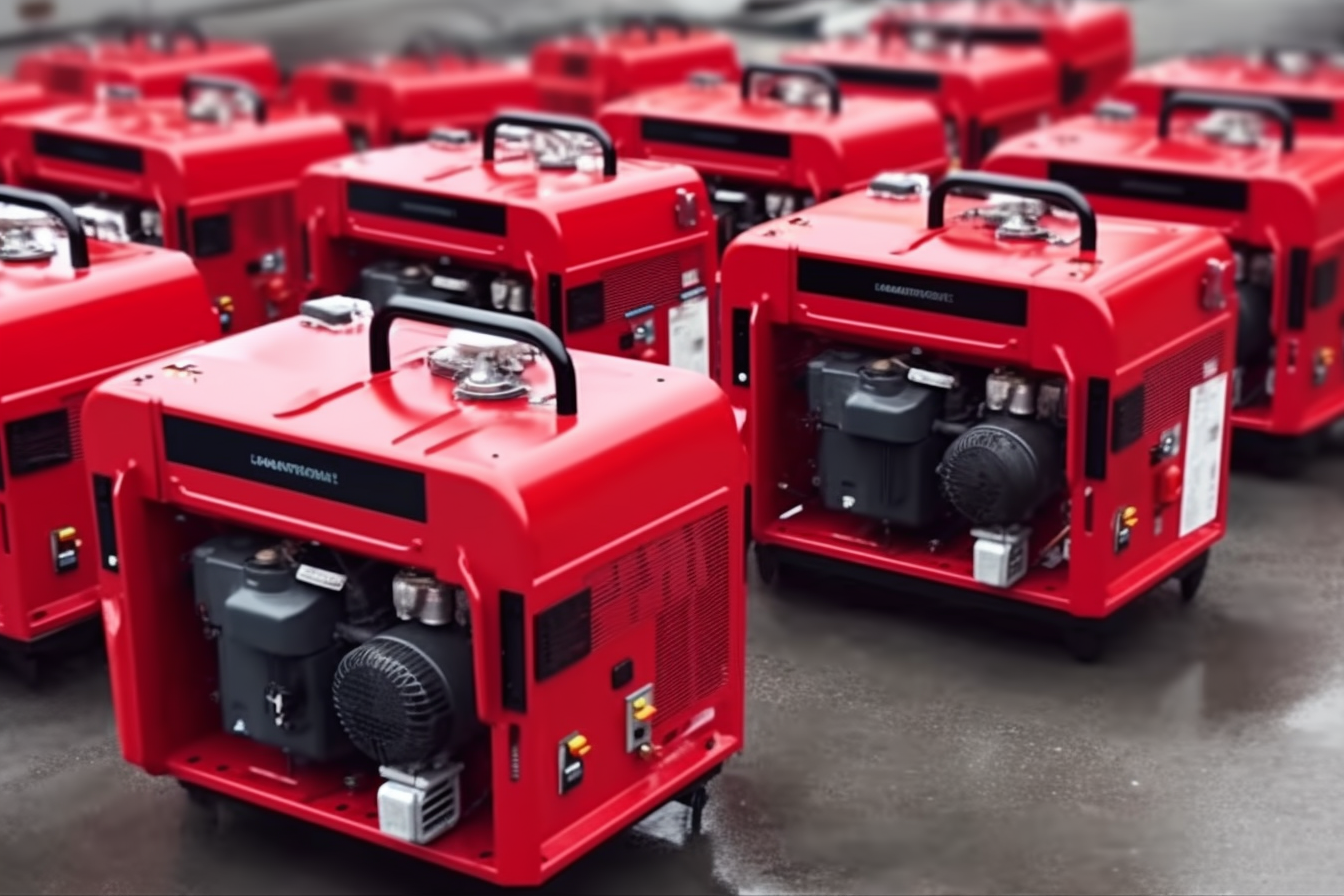Understanding Emergency Home Generators in Australia 2025
Did you know that unplanned power outages in Australia can sometimes last hours or even days? This guide explains the types of emergency generators, key installation and safety considerations, and practical maintenance tips to help you keep your home powered safely and reliably during outages in 2025.

Why Emergency Home Generators Matter in Australia
In Australia, power interruptions are common due to storms, bushfires, heatwaves, or infrastructure faults. For many households—especially those in rural, bushfire-prone, or weather-exposed areas—a reliable generator is more than a convenience. It can be essential for:
- Preserving refrigerated and frozen foods
- Powering life-support or medical devices
- Providing lighting, heating, or cooling for health and comfort
- Ensuring phone, internet, and emergency communications remain available
- Reducing inconvenience and risk from unexpected outages
Types of Emergency Generators for Homes in 2025
Australian homeowners can choose from several generator types, each with specific pros and cons:
1. Diesel Generators
- Renowned for fuel efficiency and longevity
- Better for standby/whole-house systems
- Typically louder (75+ dB), but newer models with soundproofing can be quieter
- Require safe, compliant fuel storage
2. Natural Gas Generators
- Connect directly to the mains gas supply (where available)
- Lower emissions and consistent fuel access
- Require professional installation
- Well suited for permanent, automatic backup
3. Propane (LPG) Generators
- Cleaner emissions than diesel/gasoline
- Fuel can be stored long-term in tanks
- Slightly higher operating cost per kWh
4. Gasoline Generators
- Widely available, often portable and cost-effective for short-term use
- Fuel has shorter shelf life, less suited to long outages
5. Solar Generators
- Silent operation, no emissions
- Storage and inverter technology (e.g., Jackery Solar Generator 2000 Plus) allows for limited whole-home or essential backup
- Limited by battery capacity and sunlight
Standby vs. Portable Generators: Which to Choose?
Standby Generators:
- Permanently installed outside the home
- Automatically start within seconds of power loss
- Can power the entire home or essential circuits
- More expensive (AUD 7,000–14,000+), plus installation
- Require licensed electrician, transfer switch, and ongoing service
Portable Generators:
- Mobile, manually operated, and affordable (AUD 1,000–21,000+ depending on output)
- Power a few appliances via extension cords or, with a transfer switch, selected circuits
- Useful for temporary or less frequent outages
- Must be used outdoors, away from enclosed areas
How to Size an Emergency Generator
Getting the right generator size is essential:
- List all appliances you want to run (fridge, medical devices, lights, phone/internet routers, etc.).
- Check their wattage requirements (starting wattage is often 2–3x running wattage).
- Add up the total wattage, then add a 20% margin.
- Choose a generator rated for that total or higher.
Examples:
- Essential backup: 5–10 kW units
- Medium homes: 10–20 kVA
- Large homes: 50–70 kVA
Installation and Safety Considerations
- Standby generators must be installed on a solid base (usually concrete) and comply with AS/NZS 3000 wiring and AS 1668 ventilation standards.
- Transfer switches are mandatory for safe switchover to generator power (cost: AUD 500–900).
- Licensed electricians are required by law for any switchboard or standby installation (installation cost: AUD 200–1,600).
- Portable generators require only basic setup but should never be used indoors due to carbon monoxide risk.
- Fuel storage for diesel/propane must comply with safety regulations (AS 1940).
Generator Pricing and Market Overview 2025
- Standby generator units: AUD 7,000–14,000 (excluding installation)
- Portable generator units: AUD 1,000–21,000 depending on brand, capacity, and features
- Installation and transfer switches: add AUD 700–1,600 (standby), or AUD 500–900 (portable via switchboard)
- Solar generators: AUD 2,000–6,000 for smaller, battery-based units; large capacity options like Jackery Solar Generator 2000 Plus are expanding the market
- Tip: Monitor supplier and retailer websites for deals before storm seasons
Noise, Environment, and Local Regulations
- Diesel units: 60–75+ dB; check local council noise rules before installation
- Solar: near-silent (~30 dB)
- Propane/Natural gas: quieter than diesel, slightly noisier than solar
- Consider neighbors and home layout when selecting location
Environmental note:Solar and propane are cleaner options. Many Australian states are promoting greener generator technologies.
Maintenance and Reliability
- Diesel/Natural gas: Regular oil/filter changes, occasional load testing, fuel rotation
- Portable units: Keep fuel fresh, check battery and start weekly
- Solar: Monitor battery health, keep panels clean
- Professional servicing: Extends life, improves reliability in emergencies
Innovative Solar Emergency Solutions: 2025
The Jackery Solar Generator 2000 Plus exemplifies new trends:
- Base 2042.8Wh capacity (expandable to 12kWh)
- 3000W peak output (fridge, AC, some medical devices supported)
- 30 dB operation—quiet enough for indoor use
- Fast wall or solar charging
- Over 4,000 charge cycles before battery degradation
- No emissions, no fuel storage needed
Summary: Choosing an Emergency Generator for Your Home
- Identify your must-have appliances and calculate total wattage
- Decide between permanent (standby) and portable options based on your budget and outage risk
- Choose a fuel type that suits your needs and local supply
- Plan for safe, code-compliant installation by professionals
- Maintain your generator regularly to ensure reliability
- Solar and battery backup systems are growing in practicality and popularity for quieter, cleaner home backup
Sources
- Jackery Australia - Best Home Emergency Generators 2025
- MR Electric Electrician Geelong - Home Generators Guide
- Micks Gone Bush - Home Backup Generator Guide
Disclaimer: All content, including text, graphics, images and information, contained on or available through this web site is for general information purposes only. The information and materials contained in these pages and the terms, conditions and descriptions that appear, are subject to change without notice.
